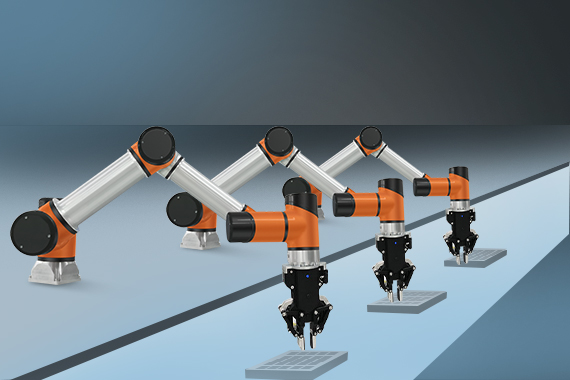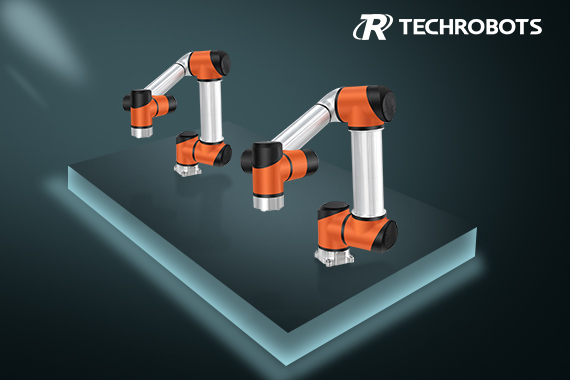Co-robots will be the vane of future industrial development
Date:2020-11-25Human-machine collaboration has always been a production method that we advocate, and a load of general co-robots is generally relatively small. Compared with many traditional large-scale industrial robots, co-robots have a weaker carrying capacity, slow speed, and are inferior to traditional robots in terms of production efficiency.
In the work of traditional industrial robots, due to technological development limitations and in order to ensure the safety of personnel, they must be excluded from the work area. For example, welding, painting, and other work in factories do not require human involvement at all, and they are surrounded by safety fences or guardrails. However, if people in this environment cannot participate in the work, they cannot use robots to achieve a high degree of automation in the production process.

If traditional industrial robots have "vision", they will have perception and decision-making capabilities and can adapt to more production scenarios, which will improve the safety of human-machine cooperation. Human-machine cooperation is the vane of future manufacturing development. There is no obvious difference between co-robots and traditional industrial robots, and they will all be integrated in the future. Intelligence is the only way for the development of industrial robots. In the future, traditional industrial robots will eventually move towards human-machine cooperation.
